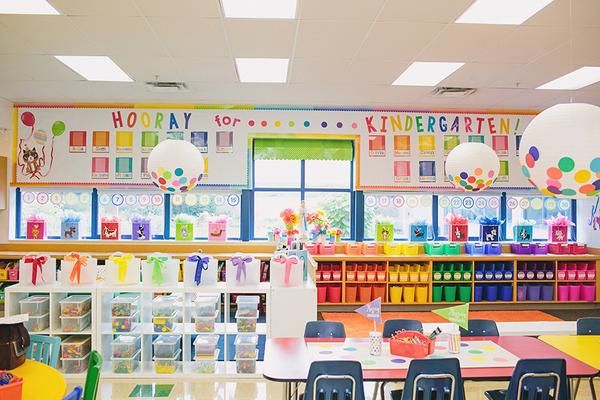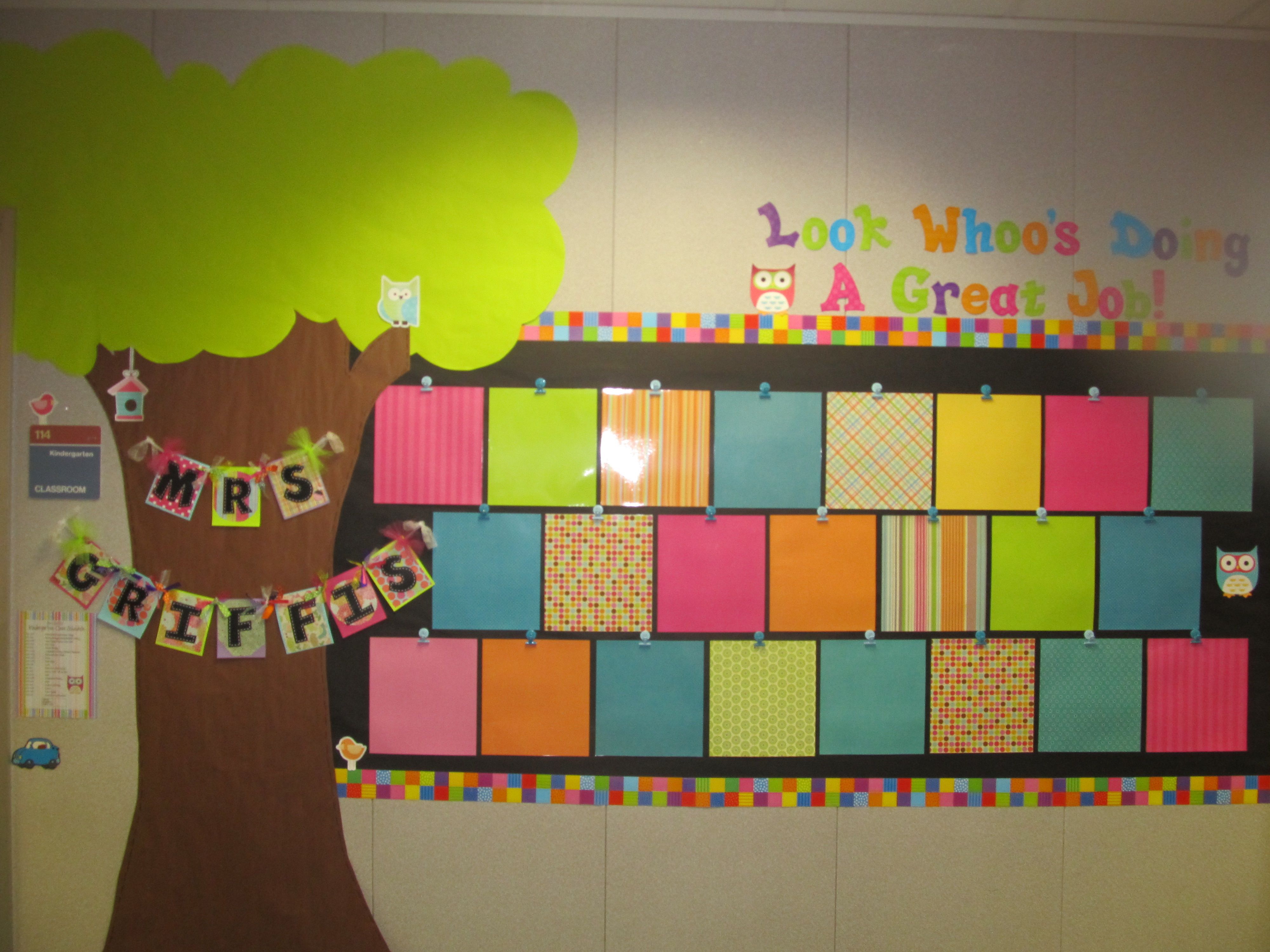Educators spend many hours within their classroom wanting to create an aesthetically pleasing environment for both them and their students. Just like a room in their house, the classroom is an extension of the educator and is a space where they can reflect their personality. However, it is important for educators to keep in mind the learners that also share the space with them. In the book
Inclusive Learning 365: Edtech Strategies for Every Day of the Year, on page 76, the authors mention the importance of keeping a classroom’s decorations’ functional. They explain how too many eye-catching colorful decorations can be distracting to some of their learners.

Instead of having flashy bulletin boards and wall art, the teachers should use student’s work to decorate the classroom. This allows for the students to be involved in the decoration of the classroom, and promotes ownership that the classroom is the students’ just as much as it is the teacher’s. It is important teachers keep in mind the quality of work their students want showcased. They ( the students ) wouldn’t want something they did not perform well on to be displayed for the whole class to see. Rather the teacher should make sure they are putting student’s best work on display for the rest of the class.

In conclusion, when decorating a classroom it is okay for the teacher to have a theme and want the classroom to have a certain vibe. It should reflect who the educator is and be personalized to their likes and interests; all while leaving room for the students work to be showcased and for the room to not be too busy where it becomes too distracting for the students and effects their learning.